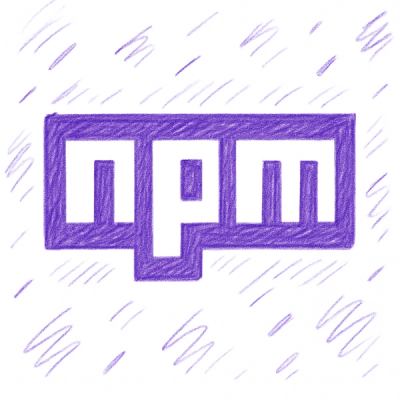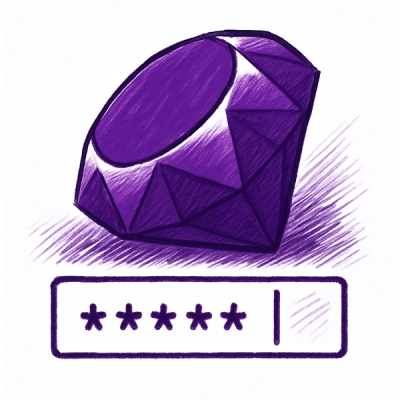
Security News
npm Adopts OIDC for Trusted Publishing in CI/CD Workflows
npm now supports Trusted Publishing with OIDC, enabling secure package publishing directly from CI/CD workflows without relying on long-lived tokens.
aiogram-dialog is a framework for developing interactive messages and menus in your telegram bot like a normal GUI application.
It is inspired by ideas of Android SDK and other tools.
Main ideas are:
Designing you bot with aiogram-dialog you think about user, what he sees and what he does. Then you split this vision into reusable parts and design your bot combining dialogs, widows and widgets. By this moment you can review interface and add your core logic.
Many components are ready for use, but you can extend and add your own widgets and even core features.
For more details see documentation and examples
format function or Jinja2 template engine.SwitchTo, Start, Cancel for state switching, Calendar for date selection and others.Checkbox, Multiselect, Counter, TextInput. They record user actions and allow you to retrieve this data later.Group, Column), page scrolling (ScrollingGroup), repeating of same buttons for list of data (ListGroup).Example below is suitable for aiogram_dialog v2.x and aiogram v3.x
Each window consists of:
getter=). They load data from any source which can be used in text/keyboardInfo: always create State inside StatesGroup
from aiogram.fsm.state import StatesGroup, State
from aiogram_dialog.widgets.text import Format, Const
from aiogram_dialog.widgets.kbd import Button
from aiogram_dialog import Window
class MySG(StatesGroup):
main = State()
async def get_data(**kwargs):
return {"name": "world"}
Window(
Format("Hello, {name}!"),
Button(Const("Empty button"), id="nothing"),
state=MySG.main,
getter=get_data,
)
Window itself can do nothing, just prepares message. To use it you need dialog:
from aiogram.fsm.state import StatesGroup, State
from aiogram_dialog import Dialog, Window
class MySG(StatesGroup):
first = State()
second = State()
dialog = Dialog(
Window(..., state=MySG.first),
Window(..., state=MySG.second),
)
Info: All windows in a dialog MUST have states from then same
StatesGroup
After creating a dialog you need to register it into the Dispatcher and set it up using the setup_dialogs function:
from aiogram import Dispatcher
from aiogram_dialog import setup_dialogs
...
dp = Dispatcher(storage=storage) # create as usual
dp.include_router(dialog)
setup_dialogs(dp)
Then start dialog when you are ready to use it. Dialog is started via start method of DialogManager instance. You
should provide corresponding state to switch into (usually it is state of first window in dialog).
For example in /start command handler:
async def user_start(message: Message, dialog_manager: DialogManager):
await dialog_manager.start(MySG.first, mode=StartMode.RESET_STACK)
dp.message.register(user_start, CommandStart())
Info: Always set
mode=StartMode.RESET_STACKin your top level start command. Otherwise, dialogs are stacked just as they do on your mobile phone, so you can reach stackoverflow error
FAQs
Telegram bot UI framework on top of aiogram
We found that aiogram-dialog demonstrated a healthy version release cadence and project activity because the last version was released less than a year ago. It has 1 open source maintainer collaborating on the project.
Did you know?

Socket for GitHub automatically highlights issues in each pull request and monitors the health of all your open source dependencies. Discover the contents of your packages and block harmful activity before you install or update your dependencies.

Security News
npm now supports Trusted Publishing with OIDC, enabling secure package publishing directly from CI/CD workflows without relying on long-lived tokens.

Research
/Security News
A RubyGems malware campaign used 60 malicious packages posing as automation tools to steal credentials from social media and marketing tool users.

Security News
The CNA Scorecard ranks CVE issuers by data completeness, revealing major gaps in patch info and software identifiers across thousands of vulnerabilities.